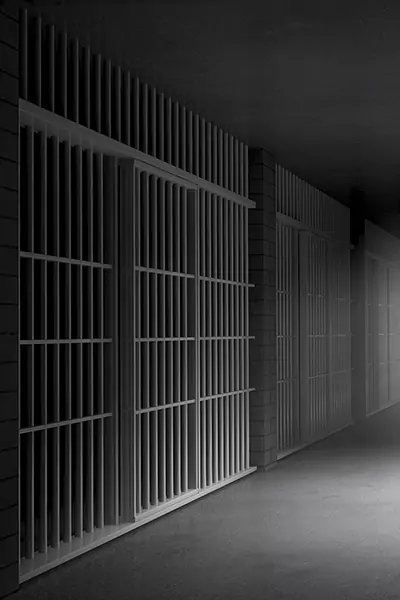Arraignment or Preliminary Hearing?
When facing criminal charges of any sort, there are processes involved that the average person may not be familiar with. It is important to understand the processes an individual will be subjected to upon finding themselves charged with criminal conduct.
An understanding of the processes, along with a good bail bondsman, will help the individual’s case. In some of the first steps in a criminal proceeding, a defendant will find themselves up against an arraignment and a preliminary hearing. Although many people may believe these are the same thing, they are, in reality, two separate proceedings.
Arraignment
Defendants have a right to know what charges they are facing before the formal trial begins. To inform them of these charges, a proceeding known as an arraignment is held. In order to comply with an individual’s sixth amendment right to a speedy trial, an arraignment is generally held as quickly as possible after arrest. During this proceeding, the defendant’s charges will be read out in front of the judge.
During this time, a defendant will learn what charges they face, including any persons victimized by the alleged crime and when the incident occurred. Using this documentation, the prosecuting attorney need not go into great detail.
Indictment
Indictments are handed down by the grand jury. In order to hand down an indictment, the grand jury must find that a serious criminal offense has occurred, and that it is the defendant who most likely committed the offense. The prosecutor must convince the jury that they have enough evidence to bring the case to trial against the named defendant. However, the defendant does not have the right to be present at these proceedings.
Once these charges have been read out, the defendant has the right to enter a plea. In certain states, these proceedings also set the conditions of release. These terms are chosen using the defendant’s criminal history, ties to the community, and employment situation as a method of deciding if the individual should be released pending trial. Some defendants are released on their own recognizance, or upon their promise to return to court for trial. These individuals generally have little to no criminal history and strong ties to their community. The most commonly understood method of release before trial is through bail. Posting bail could mean paying the court cash directly (known as a cash bond) or utilizing the services of a bail bondsman (known as a surety bond), who will require a percentage of the court requested amount be paid to the bondsman before posting the full amount with the court. Other conditions of release include supervised release, attending court mandated classes, and may include no contact orders, depending upon the charges levied against the defendant.
Preliminary Hearing
Preliminary hearing proceedings are generally held not long after arraignment hearings, and are a sort “trial before a trial.” At these proceedings, the judge does not decide whether the defendant is guilt or innocent, but rather if there is enough evidence against the defendant to continue to trial. There is a legal standard known as the “probable cause” standard which a judge will base their decision on during these proceedings. Probable cause means, essentially, that the state has enough evidence to suggest the person against whom the charges have been levied is guilty of the crime in question.
It is important to note that, while a “not guilty” plea is a common way of being granted a preliminary hearing, this does not mean that a defendant who has plead not guilty will be granted one. Some states conduct these hearings only when a felony is charged, and others utilize the aforementioned “grand jury indictment” proceedings in place of a preliminary hearing. Some defendants may also be granted a plea bargain before any sort of hearing can take place, no matter what plea they entered at their arraignment.

